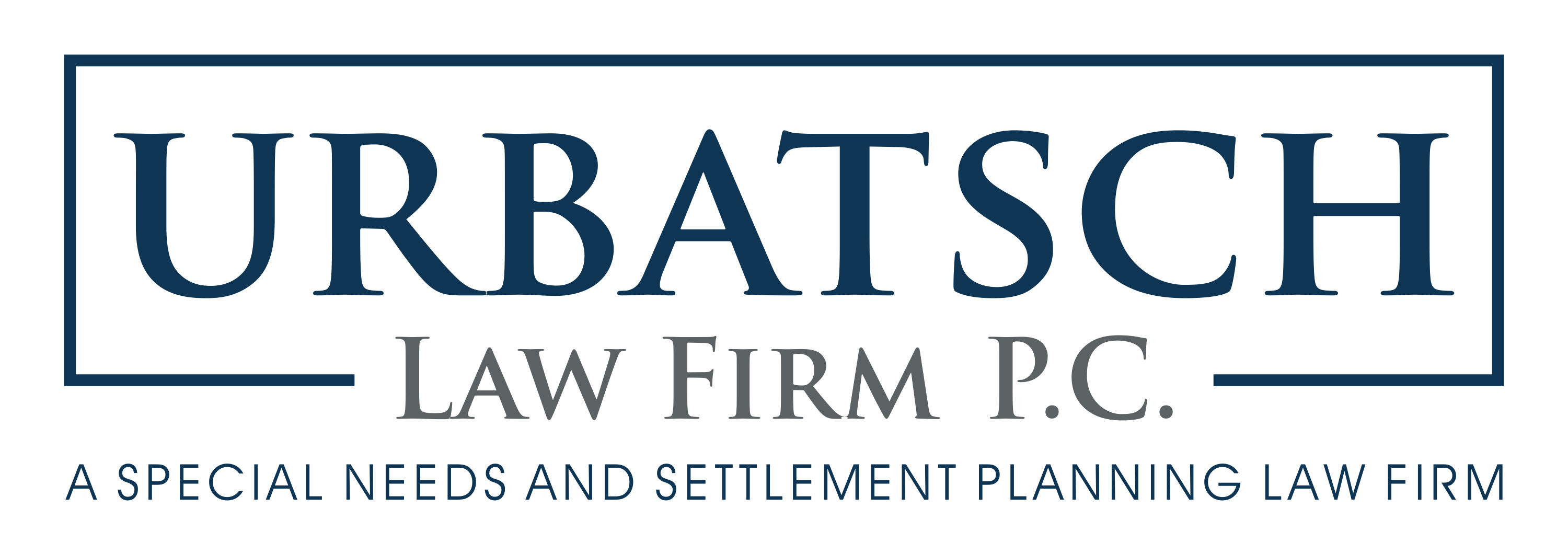 The Individuals with Disabilities Education Act (IDEA) is arguably the most important federal law for children with special needs. The law mandates that all eligible children and youth ages 3 through 21 years old be provided with a “free and appropriate public education” in the “least restrictive environment.”
The Individuals with Disabilities Education Act (IDEA) is arguably the most important federal law for children with special needs. The law mandates that all eligible children and youth ages 3 through 21 years old be provided with a “free and appropriate public education” in the “least restrictive environment.”
To be eligible for services under the IDEA, a child must be identified as having a disability. A child is considered to have a disability if she has been diagnosed with:
- Brain injury or mental impairment
- Speech or language impairment
- Hearing impairment including deafness
- Visual impairment including blindness
- Serious emotional issue
- Orthopedic impairment
- Autism
- Identifiable Learning disability
- Other serious health issues
There are approximately 6.6 million children and youth with disabilities in public schools across the United States, which is 13 percent of all public school students, according to the National Center for Education Statistics’ 2014-15 data. Before the IDEA was enacted in 1975 as the Education for All Handicapped Children Act (EHA), only one out of five children with disabilities went to public schools. Many lived in state institutions where they received little or no education.
The Law’s Key Components
There are several key components to the IDEA that every parent should know about. They are: a free and appropriate public education (FAPE), least restrictive environment (LRE), and individual education program (IEP).
FAPE: The IDEA guarantees every child a free and appropriate public education. States must offer special education and related services to children with disabilities at no cost to the families in a public school setting (whenever possible) that meets the state’s educational standards and conforms to the child’s individual education plan. If a public school cannot offer this, it will offer an alternative, such as the network of educational collaboratives or possibly a private institution, and the government will pay for it.
The U.S. Supreme Court recently expanded the meaning of “appropriate” in the case Endrew F. vs. Douglas County School District, holding that a “minimal educational benefit is not sufficient.”
LRE: Least restrictive environment refers to the educational setting. The IDEA says that “to the maximum extent appropriate” children with disabilities must be educated in a typical classroom with typical peers. Children may be educated in a special or separate class (whether in a district school or in an out-of-district program or facility) only when the nature or severity of the child’s disability prevents the child from being successful in a traditional classroom, even with special accommodations and services.
IEP: An Individual Education Program is a plan that includes: a statement of the child’s present level of performance in academics and functional skills, a list of measureable goals in these areas, a schedule of progress reports, the type and frequency of additional therapies and services, transportation, and any necessary accommodations. The IEP is developed by a team of people including a parent, the child’s teacher, a school district representative, any therapists or other professional who works directly with the child, and sometimes the child as well. The team meets at least once a year to prepare the IEP, but parents may request a team meeting to discuss a particular issue at any time. Parents must also receive regular progress reports on their child.
Other important components of the IDEA include: requirements that schools conduct appropriate evaluations of students with disabilities and that parents be included in all decisions regarding their child’s placement and education program; procedural safeguards that outline parents’ rights under the law; and a process for providing transition services to children to help prepare them for further education, employment and independent living.
If parents are not satisfied with the education program offered by the school, there is a process for resolving disagreements outlined in the procedural safeguards section. Parents can request a review by the state’s educational agency or request the services of a mediator, an unbiased person. If an agreement is not made, parents have the right to file a due process complaint and request a hearing to resolve the issue.
Further Information
The IDEA has four main parts: A, B, C and D. Part A covers general provisions of the law. Part B outlines how children and youth ages 3 through 21 receive special education and related services. Part C covers early intervention services for infants and toddlers, birth through age 2, with disabilities. Part D focuses on the national program to support and improve special education for children with disabilities.
The full text of the IDEA is available online at https://sites.ed.gov/idea. Click on “Law and Policy” and “Statute/Regulations,” then scroll down to “View the Complete IDEA statute.”
For further information, visit http://idea.ed.gov.





